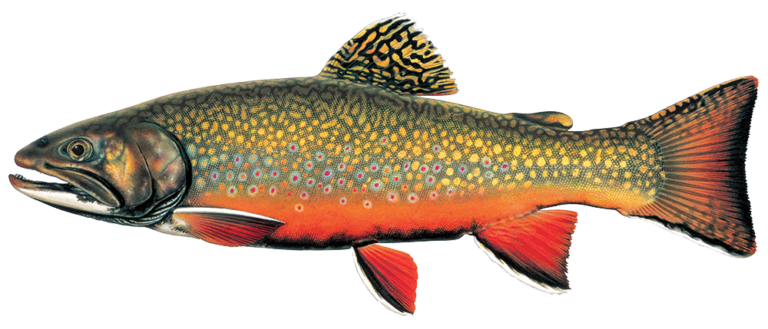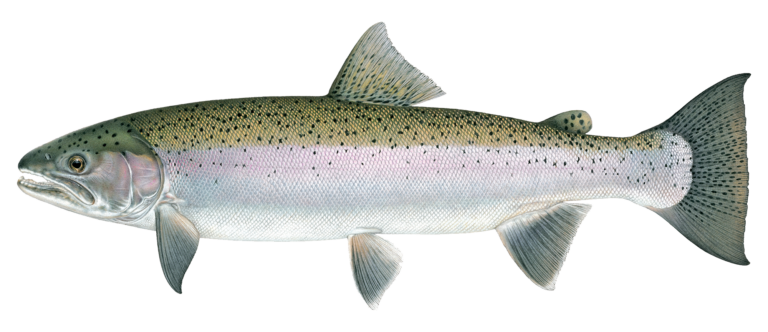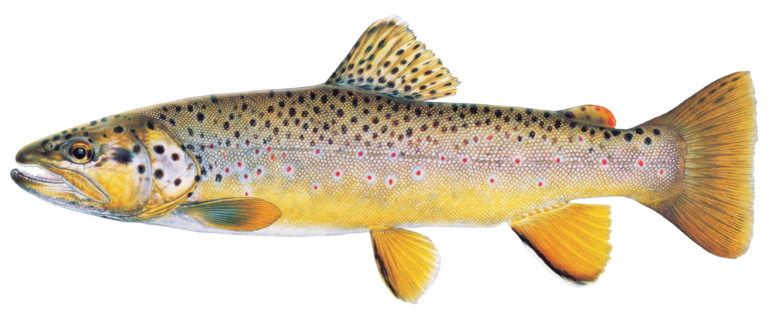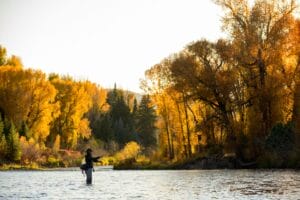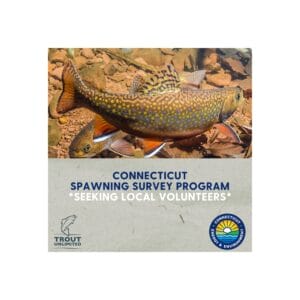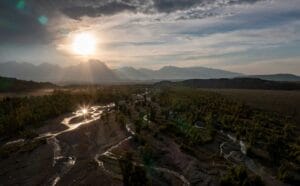Ohio

Overview
While Ohio might not normally be thought of as trout country, several watersheds in the state’s north hold populations of salmonids. They include waters that draw annual runs of steelhead traversing upstream from Lake Erie, as well as rivers that hold native brook trout, and wild rainbow and brown trout.
Threats & Opportunities
It’s no secret that Ohio’s industrial past created challenges for many of the state’s rivers, including the infamous burning Cuyahoga in 1969, a disaster that helped lead to the creation of the Clean Water Act. Thanks in part to changes brought about by that landmark legislation, these same rivers have made remarkable recoveries and have the fish populations to prove it. With help and additional protection, they can become even better.
How We Work
Reconnection
The large Gorge Dam on the Cuyahoga River is set to come down in 2025 or 2026. Removing this top-spill barrier will likely result in lower temperatures downstream in a river system that already offers a strong winter steelhead run.
Restoration
The Chagrin River headwaters are a focus for restoration efforts to help imperiled native brook trout populations.
Wild Trout Recovery
State officials have identified several streams in the Chagrin River headwaters where native brook trout restoration has the best opportunity of succeeding. We are working with the state to ensure protection of these populations and to enhance habitat to support these fish. On the Cuyahoga system, we will continue to work to verify that steelhead are naturally reproducing in some tributaries and continuing to provide assistance to the state to enhance those wild populations.
Data Collection
TU has partnered with the USGS and the Ohio Division of Wildlife on an exciting radio telemetry study to track the movement of stocked trout in the Cuyahoga River to determine the viability of establishing a wild trout population. Early results are showing that fish are not only holding over but are moving well within the main river. We are also monitoring stream temperatures in several watersheds to help identify streams that will provide the best opportunity for wild trout restoration.
How You Can Help
Become a community scientist.
Ohio Conservation Team
Jamie Vaughan
Great Lakes Engagement Coordinator
Great Lakes Engagement Coordinator
Priority Waters

-
Lake Erie
Ohio is fortunate to have an astounding 313 miles of shoreline on Lake Erie, an amazing body of water that not only provides excellent fishing for steelhead and salmon, but one that serves as the foraging ground for those fish before they migrate into tributaries, including several well-known river systems in Ohio. In fact, researchers have found that steelhead are naturally reproducing in some Cuyahoga tributaries. Studies are underway to track the viability of establishing wild trout populations in the Cuyahoga.
-
Chagrin River
A moderate-sized Lake Erie tributary, the Chagrin River is among Ohio’s priority steelhead rivers. The river’s headwaters hold a small population of genetically distinct Ohio brook trout that have struggled from degradation from development and flooding.
-
Mad River Watershed
Fed by springs, the Mad River in West Central Ohio is a chilly, fertile stream that supports a few wild trout, including brook trout, particularly in the headwaters. While the river’s trophy brown trout fishery is boosted by stockings of sub-catchable trout, there is an opportunity to build on the river’s wild fishery potential.

